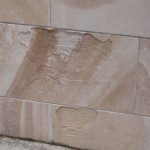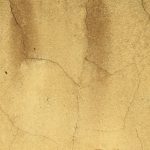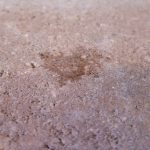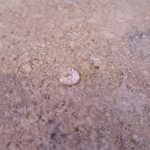Guasdualito Natural weathering of masonry is inevitable. There are three major causes of deterioration in natural stone: pollutants, frost and crystallisation of soluble salts. Water absorption is the main instigator of decay and the principal cause of spalling, cracking and ultimately the failure of the masonry leading to penetrating damp or surface instability.
http://fairchanceproject.com/tag/reducing-incarcerationach subject received four capsules of placebo or 30 mg d-panthenol or 10 mg melatonin, both taken in the morning. Naturally the weather is constantly wetting and drying the surface of the walls. Over time extremely wet weather and high winds, compounded by low temperatures, accelerate the weathering of the masonry. Pollutants such as sulphur dioxide, combined with water form weak acids attacking the alkaline cements used in the pointing, create more opportunities for moisture to penetrate the masonry.
Critically, at this stage, applying a sealing product to the already damp masonry will only compound the issues of the breathability of the wall and its ability to dry. Any existing trapped moisture will expand when frozen, and result in cracking and spalling of the masonry also the possibility of surface flaking.
Figure 1 Spalling Sandstone Figure 2 Crackstone
The most effective method of protecting the masonry is to apply a breathable surface treatment that does not block the pores of the stone, thus allowing moisture to wick away without penetrating the actual masonry.
Rotafix have developed Vinachem, an aqueous polymer solution of ultra-fine acrylic nanoparticles to solve the problems described above.
Vinachem penetrates deep into the masonry, coating the internal pores of the substrate, consolidating any friable material without blocking the pores of the masonry that are essential to allow the stonework to breathe.
Vinachem is a weak alkaline solution (pH 8-9) so does not react with the cements and masonry.
Vinachem will protect concrete from carbonation by protecting the calcium hydroxide in the cement paste from reacting with the carbon dioxide in the atmosphere, thus reducing the amount of calcium carbonate formed and extending the life and durability of the concrete substrate.
Vinachem is hydrophobic and therefore will repel moisture. Water will either evaporate or run off without penetrating the masonry.
Vinachem is non-toxic, non-flammable and UV resistant.
In Figure 3 below, 1 minute following the application of a water droplet, the water penetration into the untreated masonry is evident. In Figure 4, where the masonry has been treated with Vinachem, the droplet can be clearly seen sitting on the surface with no penetration into the masonry.
Fig 3 Untreated Masonry Fig 4 Treated Masonry
Vinachem has been applied to lighthouses and buildings in coastal areas where the environmental conditions have demanded a high-performance solution.
Historic buildings and new build projects can all benefit from this colourless non-staining easily applied solution. Vinachem can be applied to concrete, stone, brick or any type of masonry. Re-application is generally not required for 5 years.
Vinachem is easily applied and requires no specialist equipment or specialist training.
By applying one single coat only by brush, roller or low-pressure sprayer to all surfaces requiring protection, normally, within 90 minutes, the applied Vinachem will be touch dry and fully moisture repellant.
Vinachem is supplied in 5 Litre and 25 Litre plastic containers, is manufactured in the UK and distributed globally by Rotafix.
Further information can be obtained by telephoning Rotafix directly and speaking to one of our technical consultants on +44 1639 730481.



